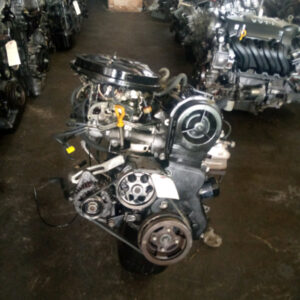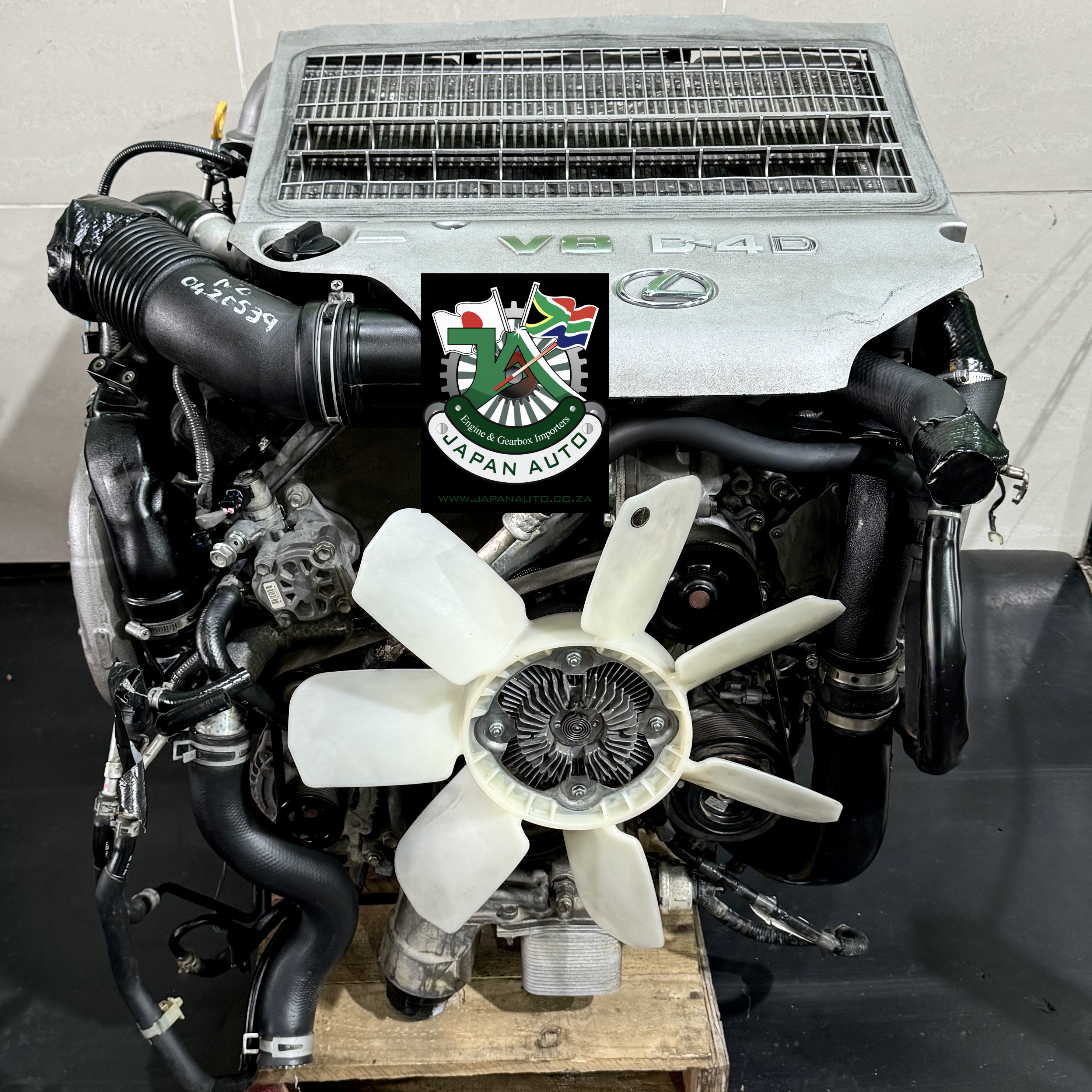Discover the Newest Patterns in Engine Modern Technology Via Tazz
In the swiftly advancing landscape of vehicle innovation, Tazz stands at the leading edge, highlighting considerable developments in engine systems that prioritize both technology and sustainability. From crossbreed engines that enhance fuel efficiency to the appearance of hydrogen gas cells, the patterns shaping modern-day powertrains are not just enhancing efficiency yet also addressing important environmental challenges.
Crossbreed Engine Innovations
Hybrid engine innovations stand for a critical shift in vehicle innovation, combining the advantages of interior burning engines with electrical propulsion systems. This integration not just improves gas efficiency however likewise lowers emissions, meeting progressively strict environmental guidelines. By utilizing both power sources, hybrid engines can maximize performance, supplying power when needed while saving gas throughout less demanding driving problems.
Current developments in crossbreed modern technology include renovations in battery performance and regenerative braking systems. These advancements enable higher power healing throughout slowdown, which can be rerouted to help in velocity or power auxiliary systems. Suppliers are concentrating on lightweight materials and small styles to take full advantage of the performance of hybrid powertrains.
The development of plug-in crossbreeds has likewise expanded the market, enabling vehicle drivers to charge their cars using conventional electric outlets. This function commonly permits significant all-electric range, more reducing dependence on conventional gas. tazz. As the auto industry continues to progress, hybrid engine modern technologies are expected to play a crucial duty in connecting the void in between conventional vehicles and completely electrical versions, supplying a transitional option that provides to varied customer needs and choices
Advances in Electric Powertrains
The auto landscape is rapidly progressing, with electrical powertrains arising as a leading force in sustainable transportation. Breakthroughs in electrical automobile (EV) innovation are substantially boosting customer, effectiveness, and performance experience. Trick advancements include improvements in battery chemistry, which have actually enhanced energy thickness, decreased billing times, and prolonged overall battery life.
Solid-state batteries, for instance, guarantee to transform the market by supplying greater safety and security and effectiveness contrasted to standard lithium-ion cells. Developments in regenerative braking systems are making it possible for cars to recoup energy throughout slowdown, contributing to general efficiency.
In enhancement to battery modern technology, electric motor layouts are becoming a lot more sophisticated. Developments such as incorporated electric motors and advanced thermal administration systems are aiding to optimize power shipment and lower weight, ultimately improving automobile characteristics.

Collectively, these advancements underscore the commitment to transition towards cleaner, more efficient transport remedies, placing electrical powertrains at the center of vehicle advancement.
The Increase of Hydrogen Fuel Cells
Increasingly, hydrogen fuel cells are gaining grip as a sensible option to standard interior combustion engines and battery electrical automobiles. official website This innovation utilizes the chemical energy saved in hydrogen, transforming it into electricity via an electrochemical response with oxygen. The main by-product of this process is water, making hydrogen gas cells an eco-friendly alternative with no discharges at the tailpipe.

Automakers are significantly purchasing hydrogen fuel cell innovation, identifying its possibility for long-range applications and rapid refueling abilities that equal standard gas. Additionally, fields such as heavy-duty transport and public transit are especially appropriate for hydrogen gas cells, where battery electrical remedies might fail due to weight and range limitations.
As research study and investment proceed to increase, hydrogen gas cells are positioned to play a substantial duty in the future landscape of tidy transport and power remedies.
Enhancements in Internal Burning Engines
Developments in internal burning engine (ICE) modern technology are transforming Recommended Reading traditional vehicles to Homepage fulfill contemporary environmental criteria and efficiency expectations. Straight fuel shot, for circumstances, allows for far better atomization of gas, leading to more full combustion and enhanced power result.
Furthermore, turbocharging has actually gotten prominence, permitting smaller engines to supply greater performance without the weight of bigger engines - tazz. This technology not just increases performance however also adds to lower gas consumption. Variable shutoff timing systems are also being fine-tuned, enabling engines to adjust to various driving conditions for boosted torque and responsiveness
Additionally, the use of light-weight materials in engine building is becoming common, further improving gas efficiency by minimizing overall automobile weight. Engine control devices (ECUs) are increasingly advanced, enabling real-time modifications that maximize performance and discharges.
These improvements collectively represent a crucial shift in ICE technology, lining up with international sustainability goals while still offering the efficiency drivers expect from their automobiles. As the sector evolves, these improvements continue to form the future of typical automotive engineering.
Future Patterns in Engine Performance
Substantial advancements in engine efficiency are expected as makers concentrate on incorporating cutting-edge technologies to satisfy strict ecological guidelines and customer needs. The change in the direction of electrification, crossbreed systems, and alternate gas is reshaping the vehicle landscape, driving advancements that boost fuel economy and minimize exhausts.
One of the vital trends is the application of advanced materials and manufacturing strategies. Light-weight compounds and high-strength alloys add to reduced car weight, thus improving total performance. Furthermore, the adoption of turbocharging and variable valve timing technologies permits boosted power result from smaller engines, even more enhancing fuel economy.

Verdict
Advancements in crossbreed engine systems, electrical powertrains, and hydrogen fuel cells demonstrate a commitment to minimizing exhausts while enhancing performance. Enhancements in internal burning engines and an emphasis on lightweight materials add to total engine effectiveness.
From crossbreed engines that optimize gas effectiveness to the introduction of hydrogen gas cells, the fads forming modern powertrains are not only enhancing performance however additionally attending to vital environmental challenges.Hybrid engine developments represent an essential shift in vehicle modern technology, incorporating the advantages of interior burning engines with electric propulsion systems.Furthermore, turbocharging has gained prominence, allowing smaller sized engines to supply greater performance without the weight of larger engines. Additionally, the fostering of turbocharging and variable shutoff timing modern technologies enables for enhanced power output from smaller engines, better boosting gas economic climate.
Enhancements in interior combustion engines and an emphasis on light-weight materials contribute to overall engine effectiveness.